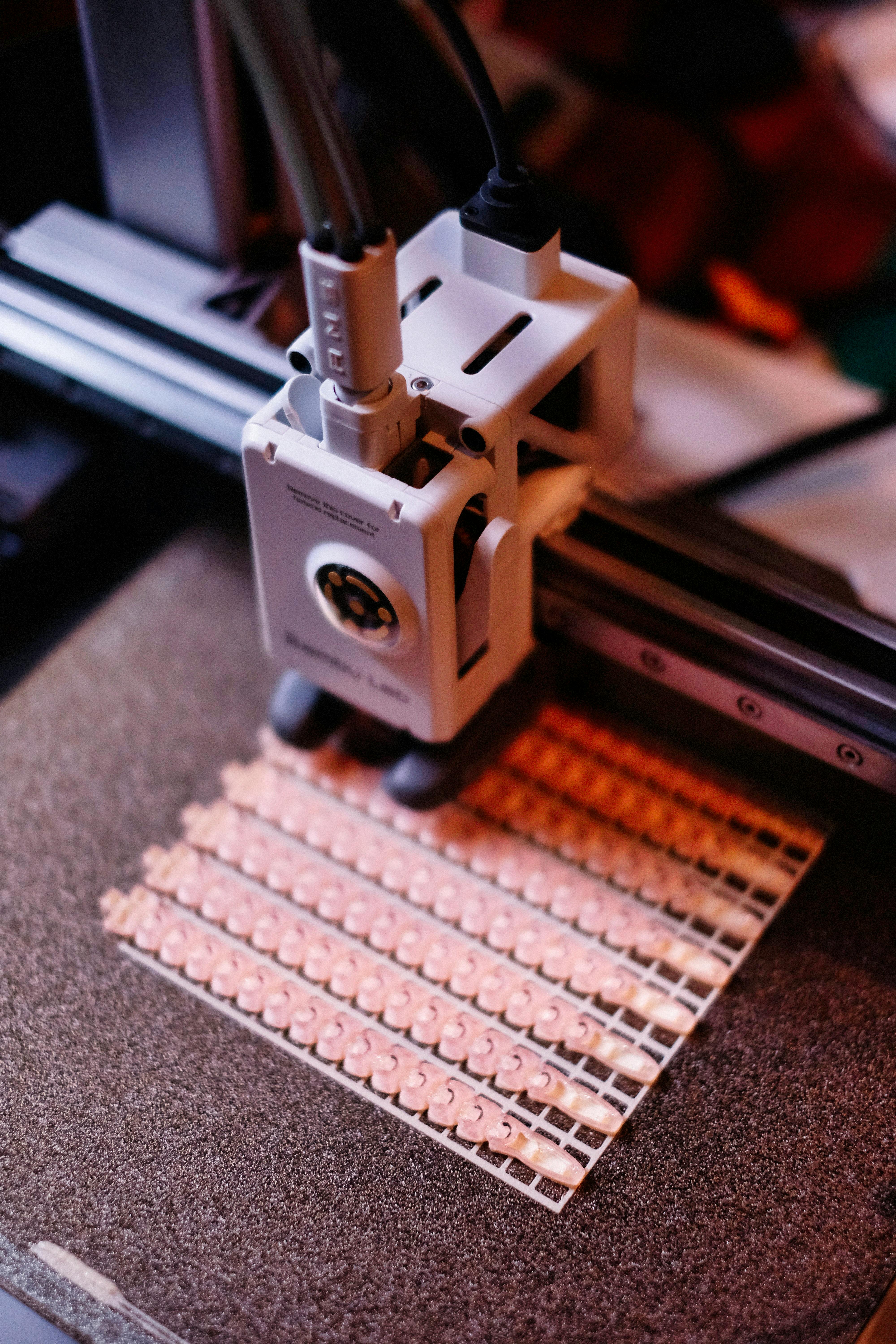Terahertz Waves: Revolutionizing Wireless Communication
The quest for faster, more efficient wireless communication never ceases. As we push the boundaries of existing technologies, researchers are exploring new frontiers in the electromagnetic spectrum. Enter terahertz waves, a promising yet largely untapped region that could transform how we connect and communicate in the digital age.

The unique properties of terahertz waves make them particularly attractive for wireless communication. They can carry significantly more data than current microwave-based systems, potentially enabling ultra-high-speed wireless networks that could rival or surpass fiber optic connections. Additionally, terahertz waves can penetrate many non-metallic materials, offering intriguing applications in imaging and sensing.
The Promise of Terabits per Second
One of the most exciting aspects of terahertz communication is its potential to achieve data transfer rates in the terabit-per-second range. This represents a quantum leap over current wireless technologies, which typically operate in the gigabit-per-second range. Such blazing speeds could revolutionize various industries, from telecommunications to healthcare, enabling real-time transmission of massive datasets and ultra-high-definition video streams.
Researchers at several universities and tech companies have already demonstrated terahertz links capable of transmitting data at rates exceeding 100 gigabits per second over short distances. While these experiments are still confined to laboratory settings, they provide a tantalizing glimpse of the technology’s potential.
Overcoming Technical Hurdles
Despite its promise, terahertz communication faces several significant challenges that must be addressed before it can become a practical reality. One major obstacle is the high absorption of terahertz waves by water vapor in the atmosphere, which limits their transmission range. This makes long-distance communication difficult without the use of specialized equipment or atmospheric windows where absorption is lower.
Another challenge lies in developing efficient and compact terahertz transmitters and receivers. Traditional electronic devices struggle to operate at such high frequencies, necessitating the development of new materials and device architectures. Researchers are exploring various approaches, including the use of graphene and other two-dimensional materials, to create terahertz components that are both powerful and energy-efficient.
Applications Beyond Communication
While wireless communication is a primary focus of terahertz research, the technology’s potential extends far beyond this domain. Terahertz waves’ ability to penetrate many materials without causing ionizing radiation damage makes them ideal for non-invasive imaging applications. This could lead to advanced security screening systems, quality control in manufacturing, and even medical imaging techniques that offer unprecedented detail without the risks associated with X-rays.
In the field of spectroscopy, terahertz waves can provide unique molecular fingerprints, offering new ways to analyze complex chemical compounds. This could have far-reaching implications for pharmaceutical research, materials science, and environmental monitoring.
The Road to Commercialization
As with any emerging technology, the path from laboratory demonstrations to widespread commercial adoption is long and fraught with challenges. For terahertz communication to become a reality, significant investments in research and development are necessary. This includes not only improving the fundamental technology but also addressing practical considerations such as integration with existing infrastructure, regulatory approval, and cost-effectiveness.
Several companies and research institutions are already making strides in this direction. For example, some firms are developing terahertz-based wireless links for specific applications like high-speed data transfer in data centers or ultra-fast wireless connections for virtual and augmented reality systems.
Implications for the Future of Connectivity
The advent of terahertz communication could fundamentally reshape our digital landscape. Imagine a world where wireless connections are so fast and capacious that the distinction between wired and wireless networks becomes meaningless. This could enable new forms of immersive communication, revolutionize how we interact with smart devices, and pave the way for advanced Internet of Things (IoT) applications that require massive bandwidth and ultra-low latency.
Moreover, terahertz technology could play a crucial role in bridging the digital divide by providing high-speed internet access in areas where laying fiber optic cables is impractical or prohibitively expensive. This could have profound socioeconomic implications, fostering greater global connectivity and access to information.
Conclusion
Terahertz communication represents an exciting frontier in wireless technology, promising unprecedented data rates and new applications that could transform various aspects of our lives. While significant technical challenges remain, the potential benefits are enormous. As researchers continue to push the boundaries of what’s possible, we may be on the cusp of a new era in connectivity, one that harnesses the power of terahertz waves to create faster, more versatile, and more ubiquitous wireless networks than ever before.





